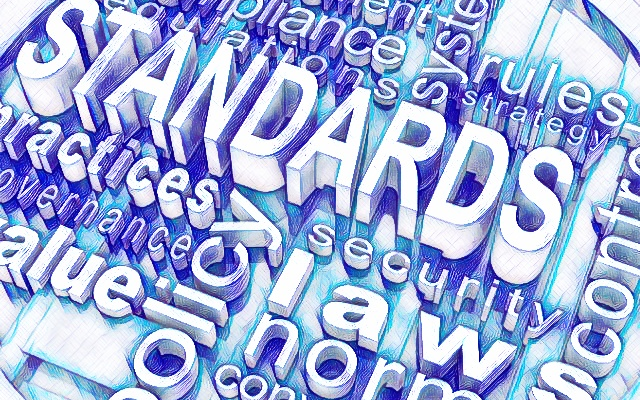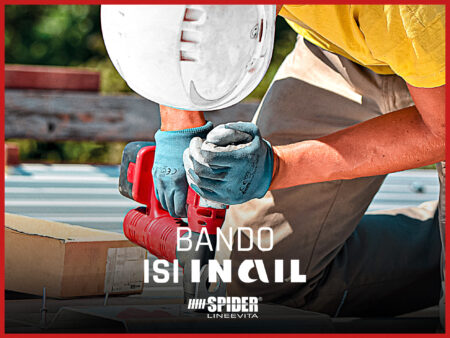
Anchorage devices intended for permanent installation – Requirements and test methods
We remind you that UNI is the Italian Standardization Body that transposes, elaborates and disseminates standards that regulate products protecting companies, citizens and protecting the environment by promoting sustainability and helping the legislator with certain and shared references to regulate new areas or simplify existing regulation;
The standard in question specifies and merges all the guidelines for identifying, installing and recognizing those anchoring devices (with fixed or mobile anchor points) intended to accommodate several users at the same time and to hook up devices corresponding to UNI En 363.
We remind you that as per the reference regulatory text, the standard does not apply to devices and / or equipment regulated by the
-UNI in 795
-UNI CEN/TS 16415
-UNI EN 516
-United in 517
Furthermore, it is not possible to apply to elements or structures that contemplate a use other than that of anchor point or anchoring device as mentioned in the text of the standard.
But what is an anchor point?
“Set comprising the support structure (base material, anchor and the element to be fixed to which the personal fall protection system can be connected.”
The legislative text also collects the diversity between the types of eligible anchorages:
dfining not only the type but the requirements to which they must meet to be correctly marked with the legislation in question and the test methods with the relative configurations.
Example of marking:

(Source: https://www.inail.it/cs/internet/docs/allegato_2_ancoraggi_quaderno_tecnico_4443088825702.pdf)
The definition of anchorage is essential to be able to carry out a correct risk assessment as there is no shared one both at legislative and regulatory level.
In fact, the latest technical notebook of INAIL takes up and defines the different types belonging to the 11578 or Uni En 795 standard. They are designed exclusively for use with PPE against falls from a height.
The reference text mentions the manufacturer’s obligations to provide the information in the language or languages of the destination country and understand compliance with the UNI 365: 2005 standard except for the recommendation on the inspection periodicity (no more than 2 years for the anchoring system and 4 for the support structure and anchors). These are just some of the information.
We refer to the site: http://store.uni.com/catalogo/uni-11578-2015/ for downloading the official text
Here instead for “TechnicalNotebooks for temporary or mobile construction sites” of INAIL.
 Agevolazioni
Agevolazioni